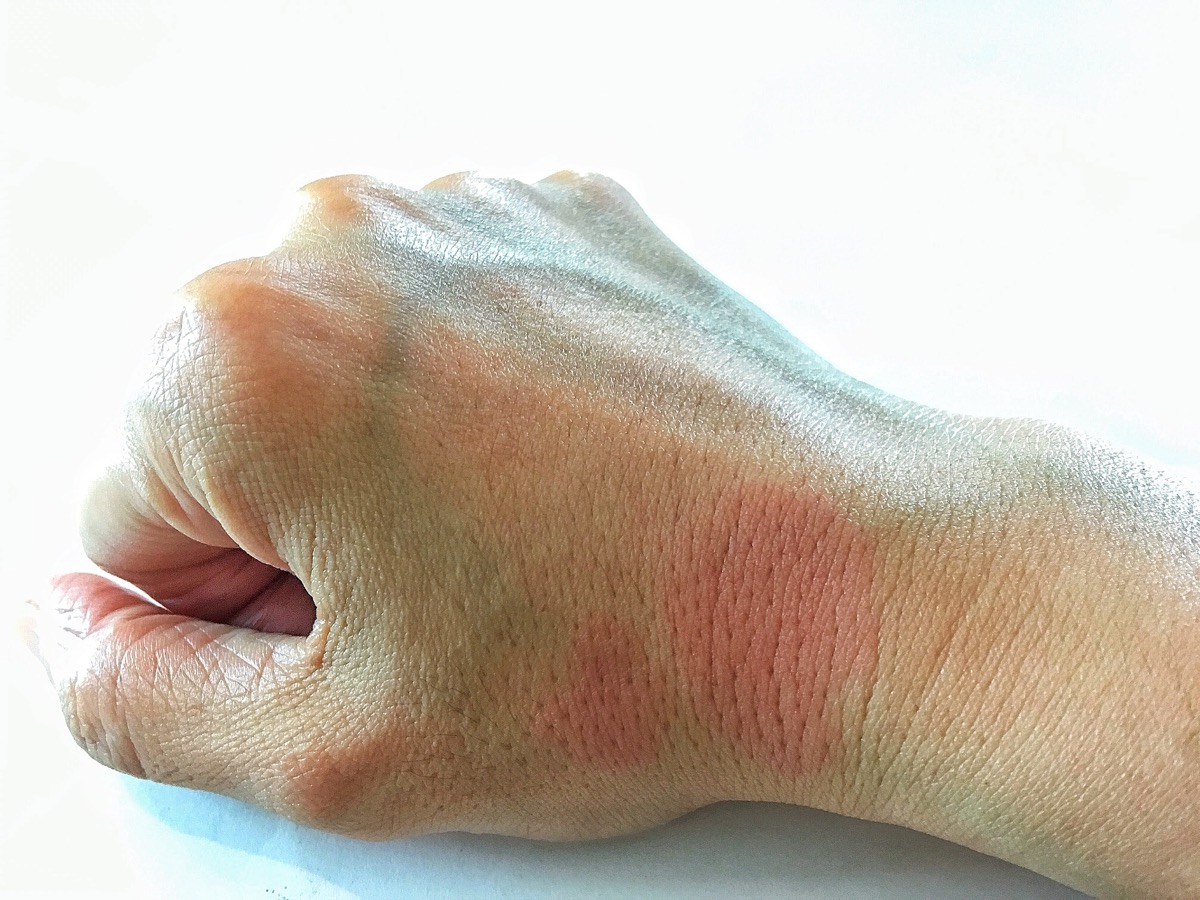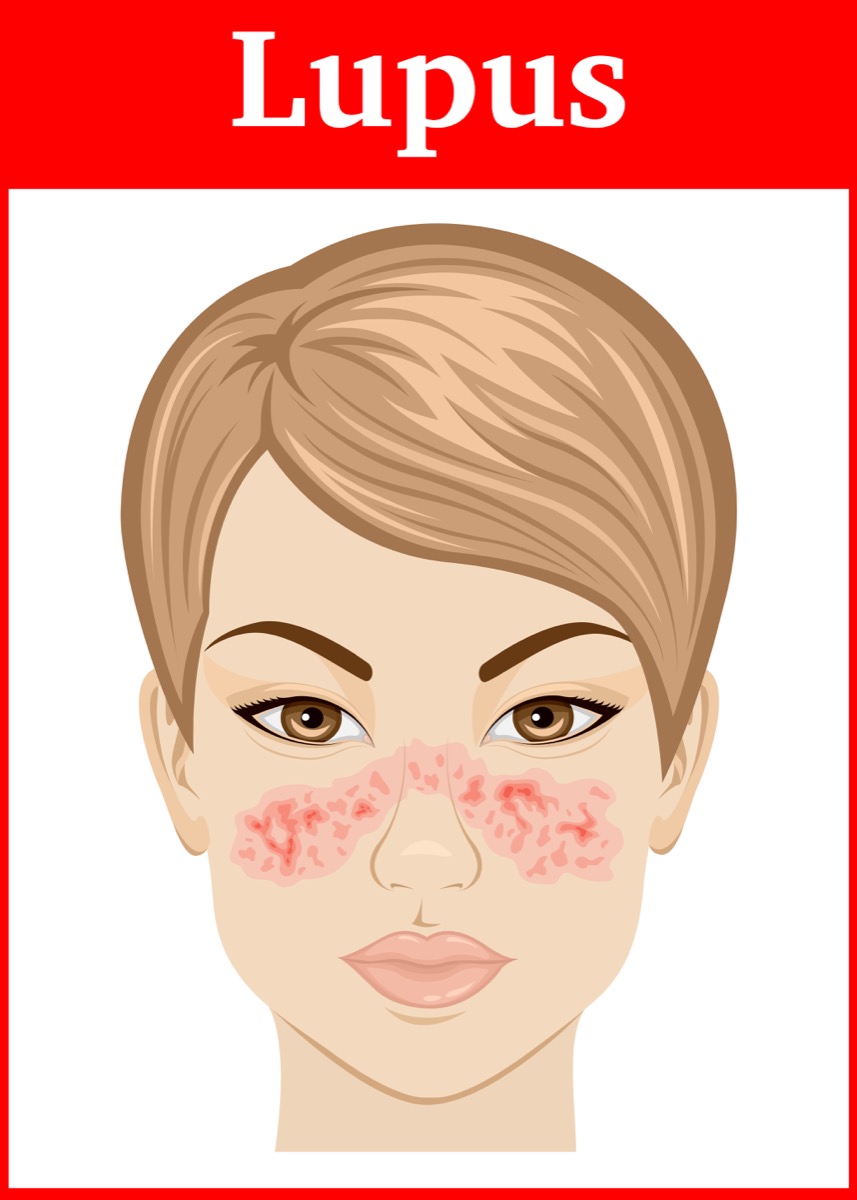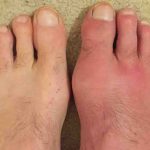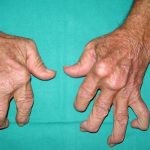Lupus is a debilitating autoimmune disorder that causes the body to attack itself. This means that every organ, including the joints, heart, kidneys, brain, blood, and skin are considered the enemy by the immune system, because it is unable to differentiate between foreign invaders from the body’s cells. When these flare ups happen, inflammation and painful swelling become a part of everyday life for those with Lupus.
If you think that you might have the autoimmune disease known as Lupus, here are the 15 symptoms to check for:
Skin Rash

Those who suffer from any type of autoimmune disease will often have problems with skin rashes. With Lupus, the rash is called a butterfly or malar rash that forms on the face, arms, ears, and chest. Usually, it starts out localized on the face but will eventually grow in size. On the face, the rash spreads over the cheeks and across the nose, taking the form of a blotchy, red butterfly with open wings. The rash doesn’t itch or cause pain, but it can affect self-esteem. The color will worsen with prolonged exposure to sunlight and heat. Since butterfly rash is caused by an autoimmune disease, topical treatments are ineffective.

Some patients will have hives, also known as urticaria. Hives will be akin to the allergic reaction and be itchy. Bouts of hives can last 24 hours.
Additionally, there are three skin diseases that are connected to Lupus, including
• Chronic cutaneous lupus (also called chronic discoid lupus)
• Acute cutaneous lupus
• Subacute cutaneous lupus
Lupus can also cause vitiligo, a condition that causes lighter colored patches of skin to appear due to damage to the pigment in skin becoming damaged.
More from Things Health
-
Signs, Symptoms and Risk Factors of Lupus
Lupus, an autoimmune disorder, is a chronic condition (which means that it lasts for years) that affects approximately 1.5 million Americans. Lupus is one disease…
-
Symptoms of Gout
Gout is a form of inflammatory arthritis characterized by recurrent attacks of a red, tender, hot, and swollen joint. Pain typically comes on rapidly in…
-
Symptoms Of Epilepsy
Epilepsy a neurological disorder marked by sudden recurrent episodes of sensory disturbance, loss of consciousness, or convulsions, associated with abnormal electrical activity in the brain.…
-
Symptoms Of Rheumatoid Arthritis
Rheumatoid arthritis is a chronic autoimmune illness, which accompanies irritation of the joints and apparent deformities. Maybe a virus, causes an attack on the synovium…
-
Symptoms Of An Ulcer
A peptic ulcer is an open sore in the top digestion tract. Both primary kinds of peptic ulcers, a gastric ulcer, which forms in the…


















